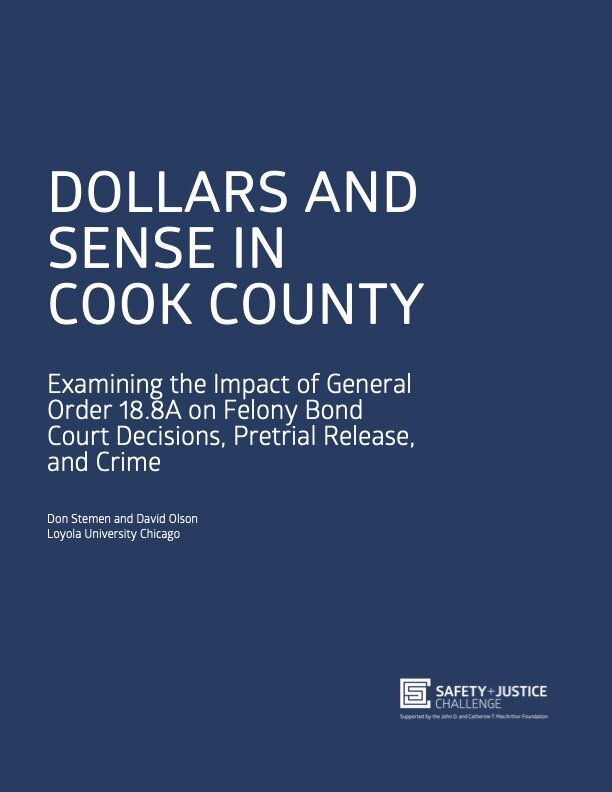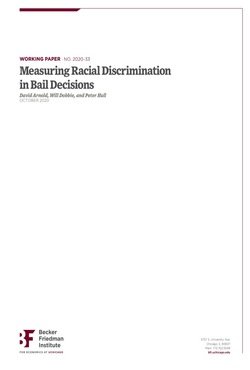By Jaeok Kim, Quinn Hood, and Elliot Connors
Over the last decade, thousands of New Yorkers have been held in jail pretrial, largely because they could not afford to pay bail. In April 2019, New York legislators passed bail reform bills updating a set of laws that had remained largely untouched since 1971. The laws, which went into effect on January 1, 2020, made release before trial automatic for most people accused of misdemeanors and nonviolent felonies. In cases that remained eligible for bail—including violent felonies and some domestic violence- or sex-related charges—the law mandated that the judge consider a person’s ability to pay bail. However, an organized, immediate backlash by the opponents of bail reform led the New York legislature to amend the law in April 2020, only three months after the original reform went into effect. Meanwhile, in March 2020, New York became an epicenter of the COVID-19 pandemic. The pandemic changed the way the criminal legal system operated. Court hearings, including arraignments, became virtual. Jury trials were cancelled. And, understanding that jails could become COVID-19 hotspots and drive outbreaks outside of the jails, some court actors across the state began working to reduce jail populations. This report by the Vera Institute of Justice (Vera) is the first to examine the impact of April 2019’s bail reform in New York State by exploring trends in jail populations and admissions in New York City and a sample of counties
New York: Vera Institute of Justice, 2021. 44p.

















